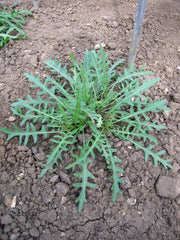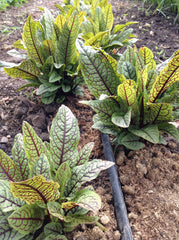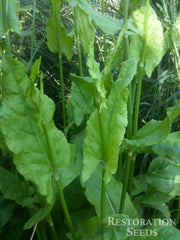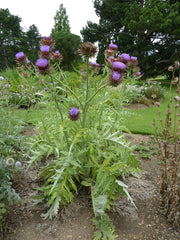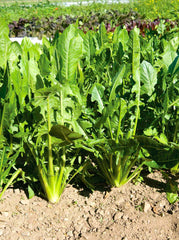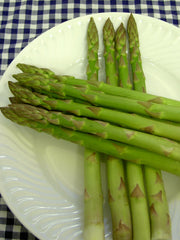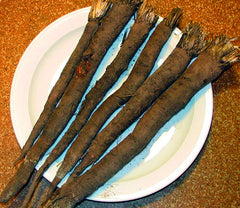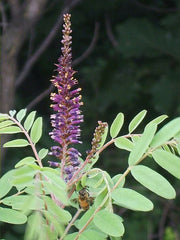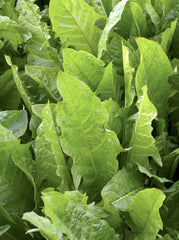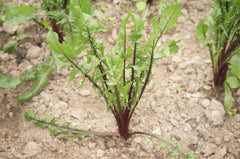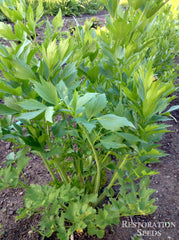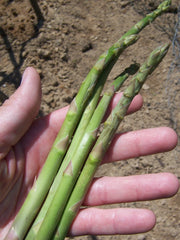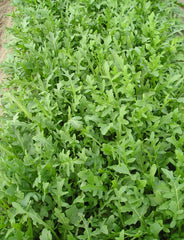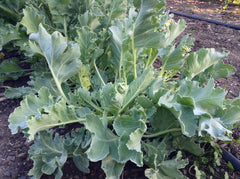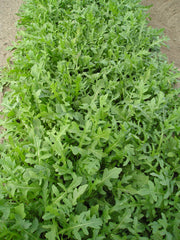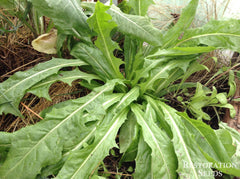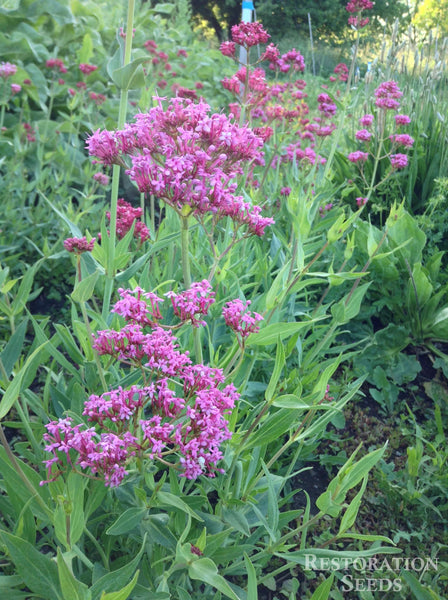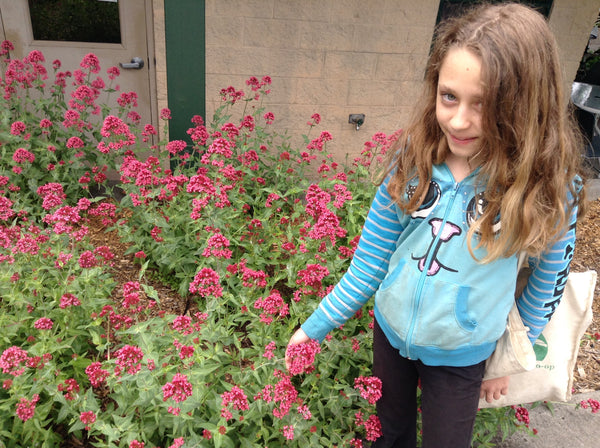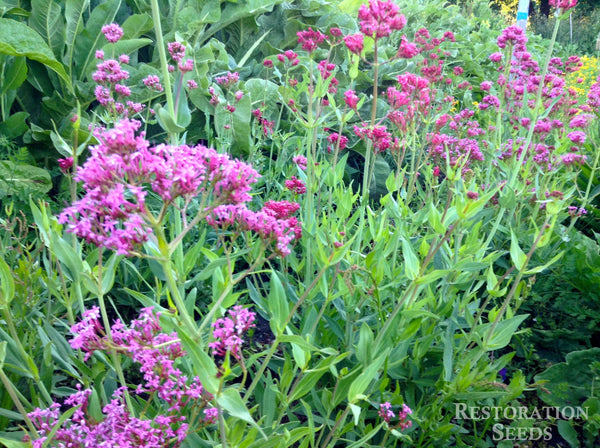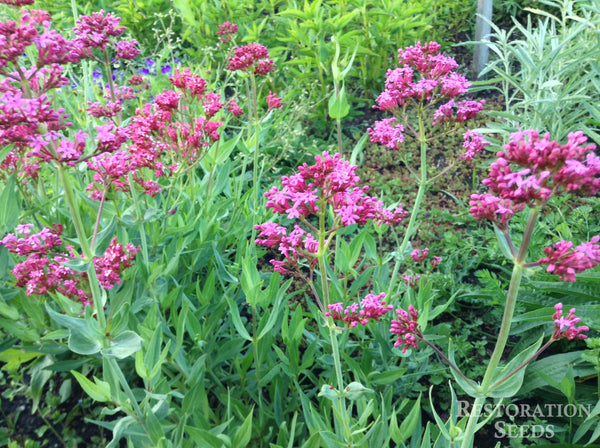Coccinea red valerian
Centranthus ruber
HOW TO GROW RED VALERIAN
Start indoors 6-8 weeks before last frost, then transplant out. Keep moist until germination. Direct sow in late spring. Grows in poor dry soil, good on rocky slopes and walls. May self-sow around your garden, deadhead plant if you do not want to spread. Surface sow, press into soil, do not cover. Soil pH 6.1-7.0. Hardiness zones 5-9. Perennial.
Usual seed life 4 years.
Planting Depth surface
Soil Temp. Germ. 68˚F
Days to Germ. 14-21
Plant Spacing 12-15”
Row Spacing 36”
Full Sun, Moist Well Drained
Usual seed life 4 years.
Planting Depth surface
Soil Temp. Germ. 68˚F
Days to Germ. 14-21
Plant Spacing 12-15”
Row Spacing 36”
Full Sun, Moist Well Drained
- 200 Seeds$3.50
Eat leaves fresh in salads or cooked greens, roots used in soups. Vibrant carmine-red to magenta flower clusters are a wonderful source of color in the perennial vegetable garden. Grows to 24-36”, perfect for the middle of the garden, good cut flower. Attractive to bees and butterflies. If the plant stops blooming d...
Eat leaves fresh in salads or cooked greens, roots used in soups. Vibrant carmine-red to magenta flower clusters are a wonderful source of color in the perennial vegetable garden. Grows to 24-36”, perfect for the middle of the garden, good cut flower. Attractive to bees and butterflies. If the plant stops blooming due to heat or gets floppy, cut back by 1/3 to 1/2 to promote another round of flowers in the late summer. Not medicinally interchangeable with Valerian, officinalis (Valeriana officianlis), however the roots are rich in valerenic compounds. Also known as Jupiter’s beard and spur valerian. Tags: Color: Red, Specialty: Deer Resistant.
Native to Mediterranean region. Leaves were eaten in salads in Italy and the roots were used in French soups.
Native to Mediterranean region. Leaves were eaten in salads in Italy and the roots were used in French soups.
Learn More
Reviews
Customer Reviews
Based on 2 reviews
Write a review
